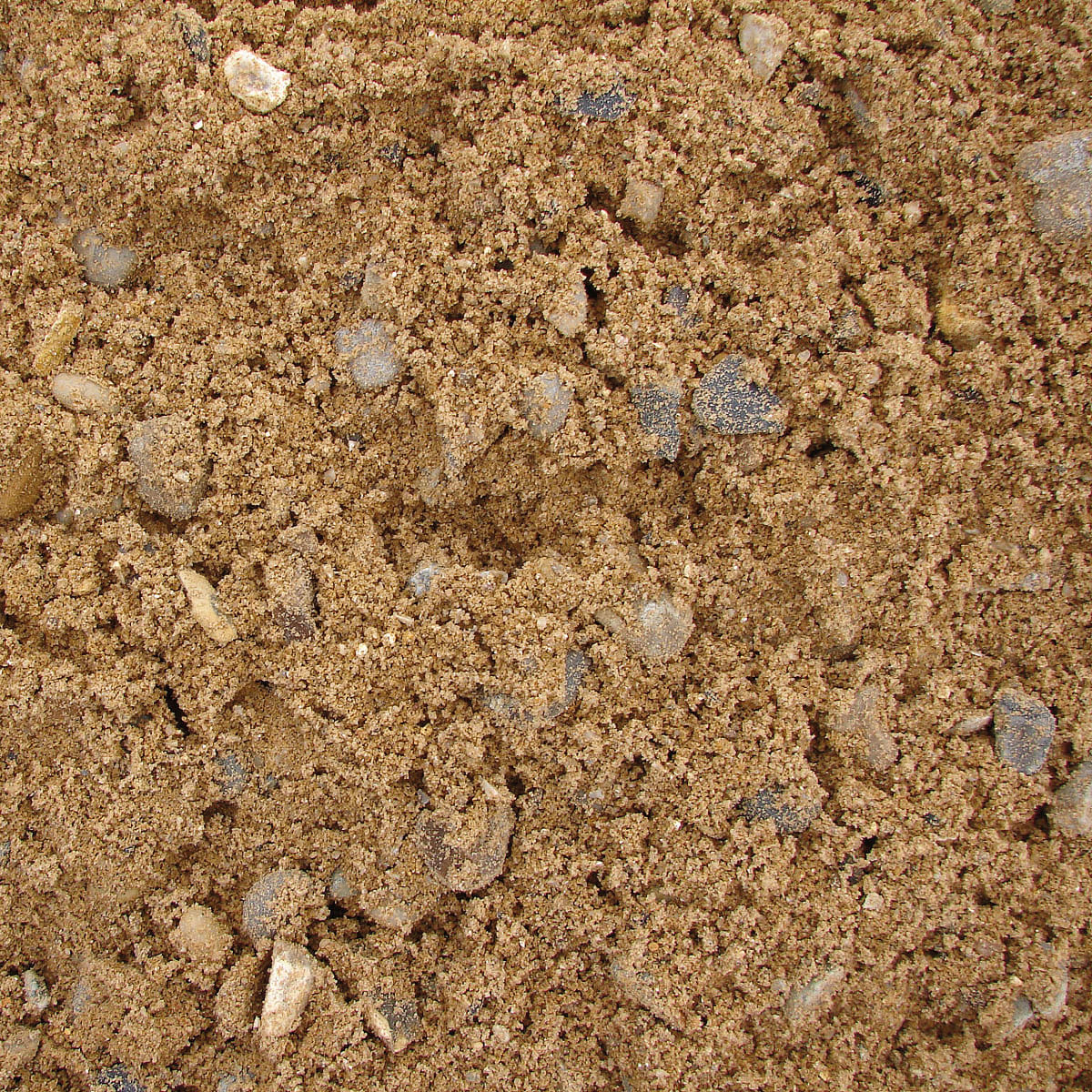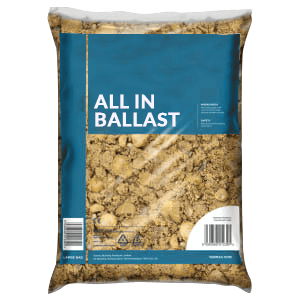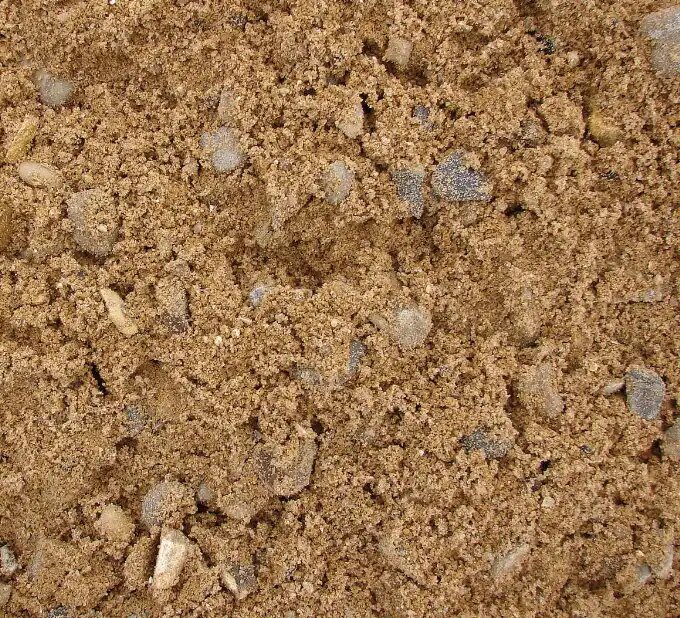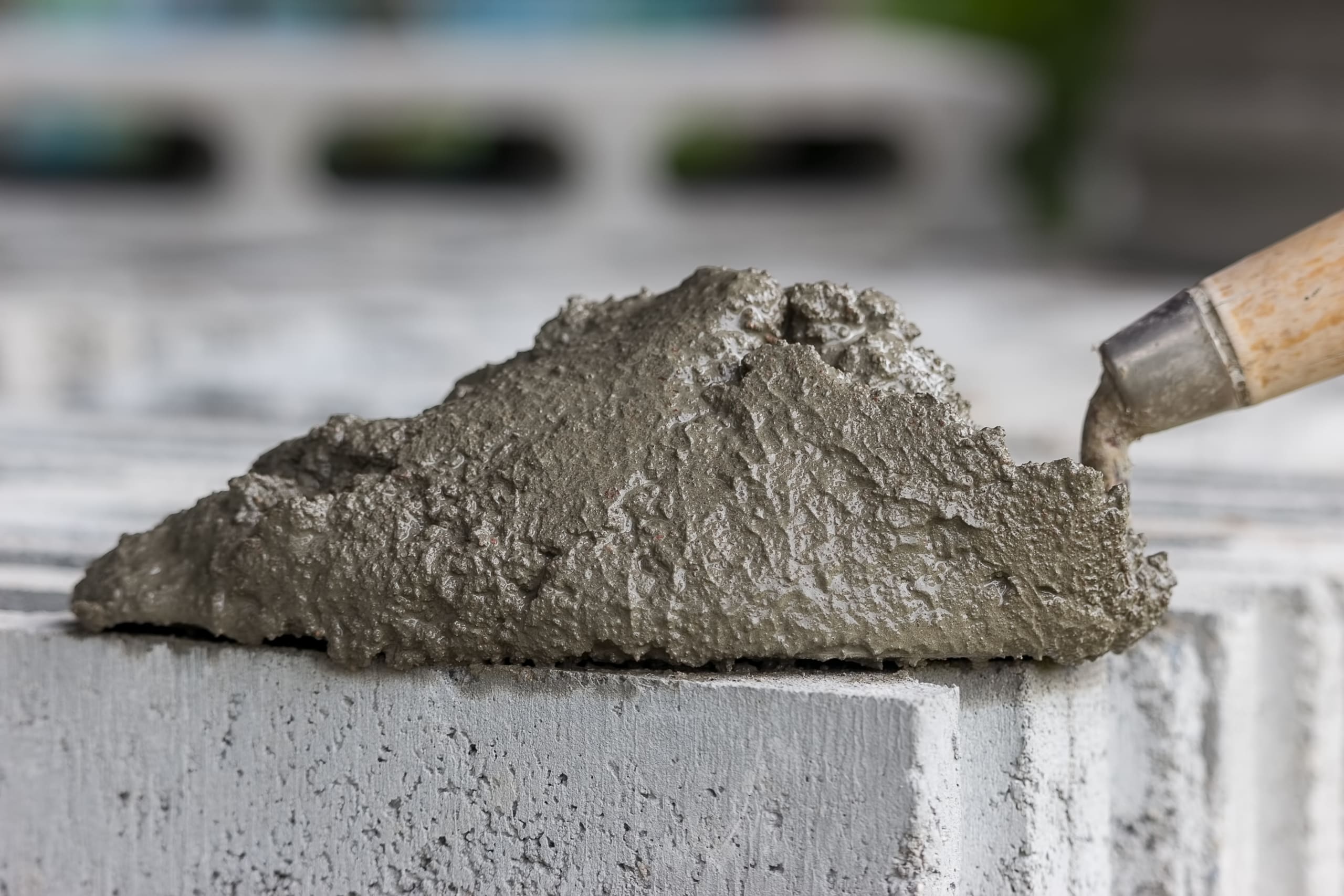Ballast
(2 Products)At Materials Market, our ballast is carefully sourced and rigorously tested to ensure it meets the highest standards of quality. Our 'all-in' ballast (a 50/50 sand and gravel mixture) combines the strength of sharp sand with the durability of 10/20mm shingle to help you create the ultimate support system for your project. Ideal for use in the production of concrete, our high-quality ballast bags ensure you make cost-effective concrete that is both strong and reliable.
What Is Ballast?
Ballast is a combination aggregate typically composed of sharp sand and gravel, with grain sizes ranging from 0.1mm to 20mm.
Its combination of sharp sand and pea shingle creates a strong and durable binding agent when added to cement and water.
Its addition aids in forming strong and dependable concrete. As a result, ballast is commonly used in the creation of base layers for garden walls, shed foundations, and path edging. It can also be used to fill voids in hardcore.
Ballast materials comprise pre-blended aggregates such as crushed stone, gravel, or other types of rock. The specific material used for ballast will depend on the location, the purpose of the construction project, and the specific requirements of the site.
No matter the application, ballast sand is primarily utilised for its functional properties in construction rather than for decorative purposes due to its coarse and unrefined appearance; it is most commonly incorporated into concrete mixes or utilised as a concealed base in building projects.
Where are Ballast Bulk Bags Used?
Ballast is suitable for general building use and a variety of construction applications, including:
- Concreting Applications: Ballast is often mixed with cement and water to create concrete, which can be utilised in a range of construction projects, such as in the construction of retaining walls, securing fence posts, path edgings, and shed bases.
- Sub-Bases For Paths: The sub-base serves as a foundation for various structures, including roads and pathways. In more demanding applications/large projects, larger aggregates like MOT type 1 are the preferred choice. Ballast sand, on the other hand, can be a suitable choice for lighter sub-base applications like pathways and paving.
Ballast Bulk Bag Benefits
Opting for Ballast Bulk Bags is a decision that brings a multitude of benefits to construction projects of any scale.
These large bags, designed to hold a significant amount of ballast—a blend of sand and gravel—are essential for concrete mixing and provide a sturdy base for paving and foundations.
- Economical and Cost-Efficient: Ballast Bulk bags offer a much more economical option compared to purchasing smaller quantities of ballast. The bulk pricing model means lower costs per kilogram, translating into direct savings for your project. This is especially beneficial for larger projects where the volume of materials can quickly add up, allowing for more efficient budget management.
- Enhanced Convenience and Usability: One of the standout benefits of Ballast Bulk Bags is the convenience factor. Delivered directly to your site, these bags minimise the need for manual handling and reduce the time spent on preparing and transporting materials. This streamlined process not only saves time but also significantly reduces labour costs and effort.
- Reduced Environmental Impact: Choosing Ballast Bulk Bags contributes to more sustainable construction practices. With fewer plastic bags and packaging materials required, there is a noticeable reduction in waste generated from your project. Additionally, the consolidation of deliveries lowers the carbon emissions associated with transporting materials, aligning your project with eco-friendly goals.
- Quality and Consistency: When you purchase Ballast Bulk Bags, you're assured of receiving a consistent mix of high-quality sand and gravel, crucial for the structural integrity of your construction projects. This consistency ensures that every mix of concrete or mortar adheres to the required standards, providing a reliable foundation for your builds.
Frequently Asked Ballast Questions
Can You Use Ballast For Creating Hand Mixed Concrete?
Yes, it is possible to mix concrete by hand using construction ballast. Concrete is made by mixing together cement, water, and a fine aggregate (such as sand) with a coarse aggregate (such as ballast).
To mix concrete by hand, you will need to follow these steps:
- Combine the dry ingredients: Mix together the cement, sand, and ballast in a large mixing container.
- Add water: Slowly add water to the dry mixture, stirring constantly to ensure the ingredients are well-combined. The amount of water you need will depend on the specific mix ratio being used and the desired consistency of the finished concrete.
- Mix the concrete: Continue mixing the concrete until it is smooth and uniform in consistency.
- Pour the concrete: Once the concrete is mixed, it can be poured into the desired form or mould.
Keep in mind that hand-mixing concrete can be labour-intensive and may not produce as consistent a mix as using a mechanical mixer. It is generally best to use a mechanical mixer for larger projects or for projects that require precise control over the mix.
Does The Weight Of Each Ballast Bulk Bag Vary?
Yes, despite the stated product weight, the actual weight of ballast bulk bags may vary depending on moisture content.
What Gravel is Used in Ballast Bulk Bag Production?
Ballast products typically consist of a mixture of stones and gravel, which may include limestone, granite, gritstone, dolomite, trap rock, or quartzite. In certain instances, hard materials such as burnt clay may also be included in the mix.
These materials are typically sourced from local quarries and have a size range of 10mm-20mm. Due to the diverse range of stones used, the products may exhibit variations in colour, size, and shape.













